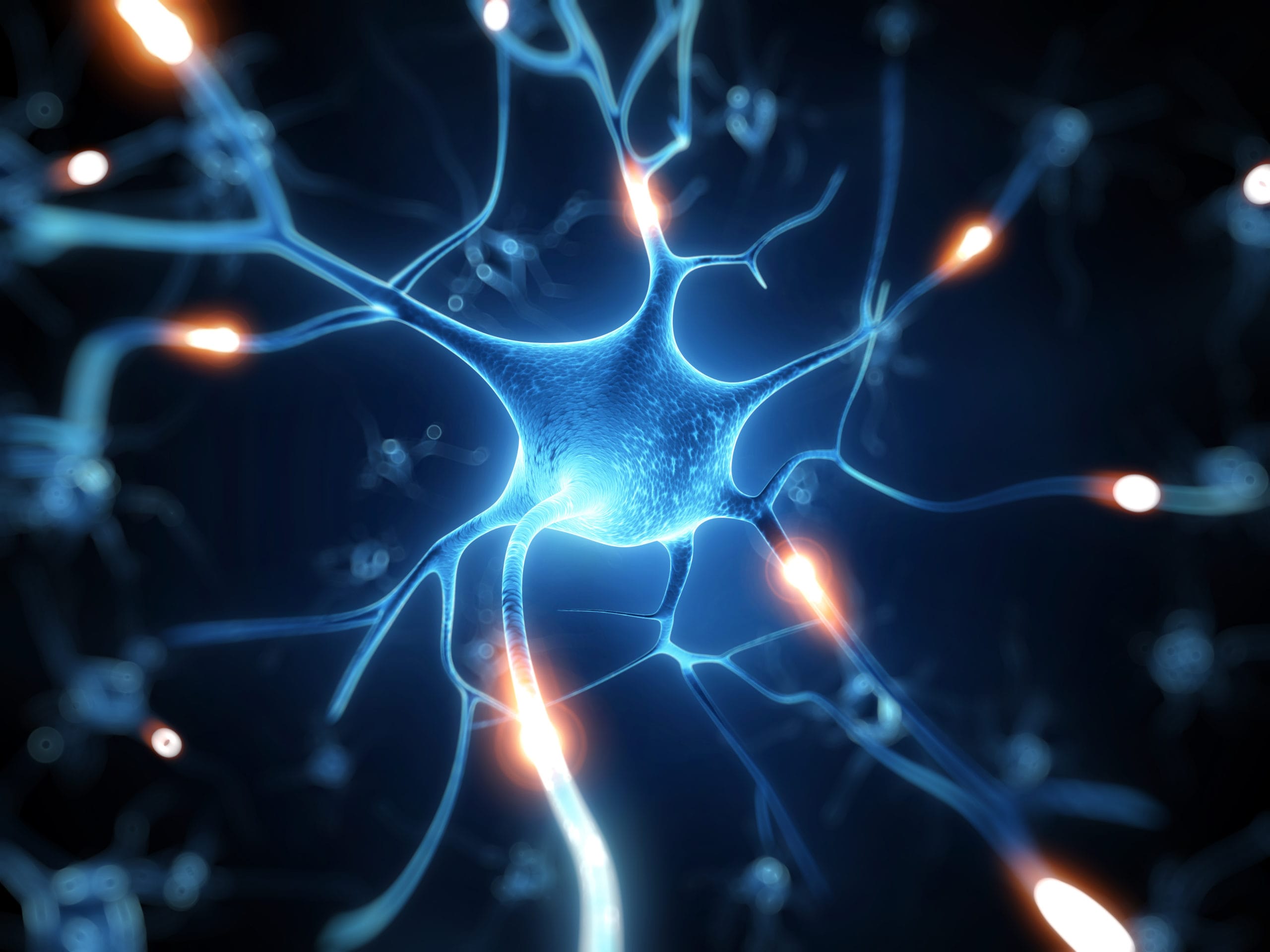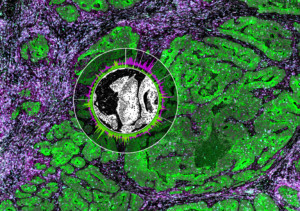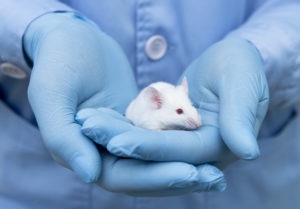
NanoString Blog

Neuroscience
Meet the New Brainiacs in the Fight Against Neurological Diseases
The Liddelow Lab is part of the Neuroscience Institute at NYU Langone. The lab’s research focus is astrocytes and their involvement in human neurological diseases. The team discovered that different…

Spatial Biology
The Story Behind NanoString’s PSBJ 40 Under 40 Nominee
The 40 Under 40 program, now in its 23rd year, includes professionals from life sciences, health care, aerospace, tech, food services, and nonprofits, among other sectors. The honorees were selected…

Data Analysis nCounter
Gene Expression and Data Analysis Tools: A Cali Core Facility’s Story
ROSALIND is a cloud-based gene expression and genomic data analysis tool designed for life scientists. In October 2020, NanoString® Technologies and ROSALIND announced a partnership to grant global access to…

Oncology
What is the Next Frontier in Cellular Therapy?
In early June 2021, NanoString and the Parker Institute for Cancer Immunotherapy (PICI) announced a multi-center collaboration to characterize 800 CAR-T samples in a unique and concerted effort to understand…

Stem Cells and Regenerative Medicine
What is Regenerative Medicine?
Regenerative medicine harnesses tissue renewal’s ability to develop methods for repairing, replacing, and regenerating damaged tissues. What are examples of regenerative medicine? Regenerative medicine uses gene therapy, tissue engineering, transplant,…

Clinical Research nCounter
How a Molecular Diagnostics Company is Changing Cancer Research
Molecular diagnostics, or molecular pathology, refers to a range of tests and high-throughput methods analyzing the genome to detect, diagnose, and treat diseases. The ultimate goal is to achieve personalized…

Digital Spatial Profiling GeoMx DSP Spatial Biology Spatial Transcriptomics
Spatial Transcriptomics: Birth of GeoMx® Digital Spatial Profiler
“A rose started off a bud, a bird started off an egg, and a forest started off a seed.” (Matshona Dhliwayo, author and philosopher). It may seem odd, but the…

Stem Cells and Regenerative Medicine
Pluripotent Stem Cells: How to Best Use Them in Your Research
Pluripotent stem cells, whether embryonic or induced (ES cells and IPS cells) are an attractive option for cell therapy as they can proliferate infinitely and differentiate into any tissue. Scientists…

Digital Spatial Profiling GeoMx DSP Spatial Biology
Why Spatial Biology Enhances Spatial Transcriptomics Data
Spatial Transcriptomics is used to determine subcellular localization of mRNA molecules. NanoString explains how this data enhances research.

Digital Spatial Profiling GeoMx DSP Spatial Biology Spatial Molecular Imaging Spatial Transcriptomics
Spatial Biology named Method of the Year by Nature Methods
Established in 2007, the Nature Methods’ “Method of Year” feature has covered the most revolutionary methodological developments in life science research. Starting in 2007, the Method of Year winner was,…

Oncology
A “Tail” of Two Species: New Canine Immuno-Oncology Research Offering
NanoString has an unparalleled and longstanding tradition of developing best-in-class cancer research tools, thanks to an extensive knowledge accumulated in a decade of interrogating all aspects of the disease. Last…

Clinical Research Infectious Disease Oncology
Of Mice and Men: The importance of Mouse Models in Research
Many animals share common biology with humans, are affected by similar diseases, and may have a comparable response to certain treatments. Animal models are thus useful to address scientific questions…